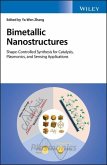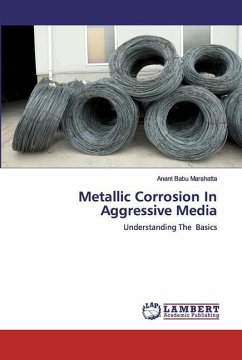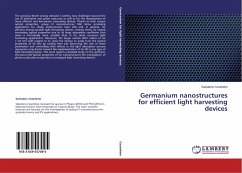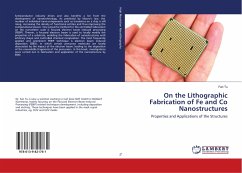Heterogeneous catalysis is crucial in many industrial
processes. Particle size effects can influence the
catalytic behavior significantly, and is a central
question in catalytic research as to how this can be
exploited to improve activity and selectivity of a
supported catalyst. The formation and size
distribution of those metallic clusters is driven by
diffusion, coalescence and sintering phenomena. An
innovative method for buffer mediated deposition of
metal on surfaces is developed, which presents the
opportunity to create, characterize and study those
processes on supported model catalysts (nano-clusters).
This method, ranked among the Scientific American
"Top 50" in 2004, is also used to form submicron
range variable width conducting wires, using
macroscopic scale laser patterning. This is a
parallel "writing" procedure, at the size of a laser
beam. The technique is an attractive method for the
deposition of periodic and more complex patterns of
conducting wires at widths below the current limits.
It is discussed as a potential alternative for
standard photo-lithography, promising a cleaner, cost
effective and more environmentally friendly procedure.
processes. Particle size effects can influence the
catalytic behavior significantly, and is a central
question in catalytic research as to how this can be
exploited to improve activity and selectivity of a
supported catalyst. The formation and size
distribution of those metallic clusters is driven by
diffusion, coalescence and sintering phenomena. An
innovative method for buffer mediated deposition of
metal on surfaces is developed, which presents the
opportunity to create, characterize and study those
processes on supported model catalysts (nano-clusters).
This method, ranked among the Scientific American
"Top 50" in 2004, is also used to form submicron
range variable width conducting wires, using
macroscopic scale laser patterning. This is a
parallel "writing" procedure, at the size of a laser
beam. The technique is an attractive method for the
deposition of periodic and more complex patterns of
conducting wires at widths below the current limits.
It is discussed as a potential alternative for
standard photo-lithography, promising a cleaner, cost
effective and more environmentally friendly procedure.








